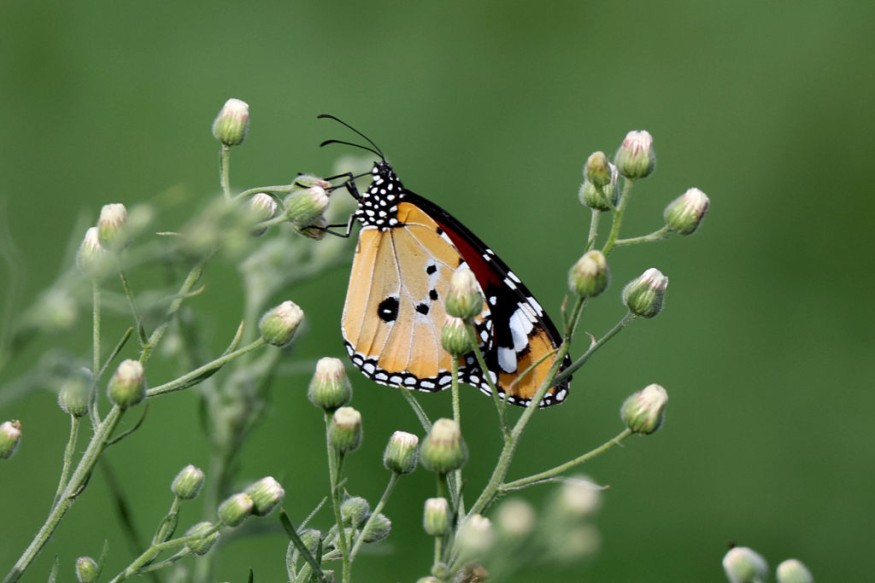
The iconic monarch butterfly, known for its extraordinary migration across North America, is facing a critical threat to its survival.
U.S. wildlife officials have proposed listing the species as "threatened" under the Endangered Species Act, a move aimed at preventing the butterfly's possible extinction due to habitat loss, climate change and human activities.
Monarch Butterflies in Crisis: New Federal Plan Unveiled
The monarch population has plummeted dramatically in recent decades. Eastern monarchs, which travel thousands of miles annually to Mexico, have declined by approximately 80% since the 1980s.
According to CNN, the smaller western population, which winters along California's coast, has suffered an even sharper drop of over 95% during the same period.
Without intervention, experts warn that these striking orange-and-black pollinators could disappear entirely from the continent within the next century.
Key threats to the monarch include illegal logging in its wintering grounds, agricultural practices that destroy milkweed (its primary food source) and rising global temperatures that disrupt its migration patterns.
The proposed federal rule aims to protect critical habitats, including nearly 4,400 acres in California, and encourage collaboration between landowners, conservationists and government agencies.
Milkweed, vital to the monarch's life cycle, has been devastated by pesticide use and habitat destruction. By planting milkweed and nectar-rich flowers, individuals can contribute to reversing the butterfly's decline, wildlife experts say.
Simple efforts such as maintaining native plants in gardens and green spaces can provide crucial resources for monarchs during their migration.
Public Feedback Sought on Monarch Butterfly Protection Plan
Despite the alarming decline, there is hope. Federal scientists emphasize that monarchs are resilient creatures, capable of recovery if given the chance.
Conservationists also highlight the importance of addressing climate change and reducing greenhouse gas emissions to protect not only monarchs but other pollinator species essential to global ecosystems.
Critics of the proposal, including some lawmakers, argue for state-led initiatives and greater flexibility for landowners.
Meanwhile, researchers stress the importance of public involvement in shaping monarch conservation strategies.
The U.S. Fish and Wildlife Service is accepting feedback on the proposal, with a decision expected by 2025, the Washington Post said.
This effort to save the monarch butterfly is part of a broader battle to preserve biodiversity. Protecting pollinators like the monarch ensures the health of ecosystems and food supplies for humans. By taking action now, experts hope to make the monarch butterfly a lasting legacy for future generations.
© 2025 NatureWorldNews.com All rights reserved. Do not reproduce without permission.

